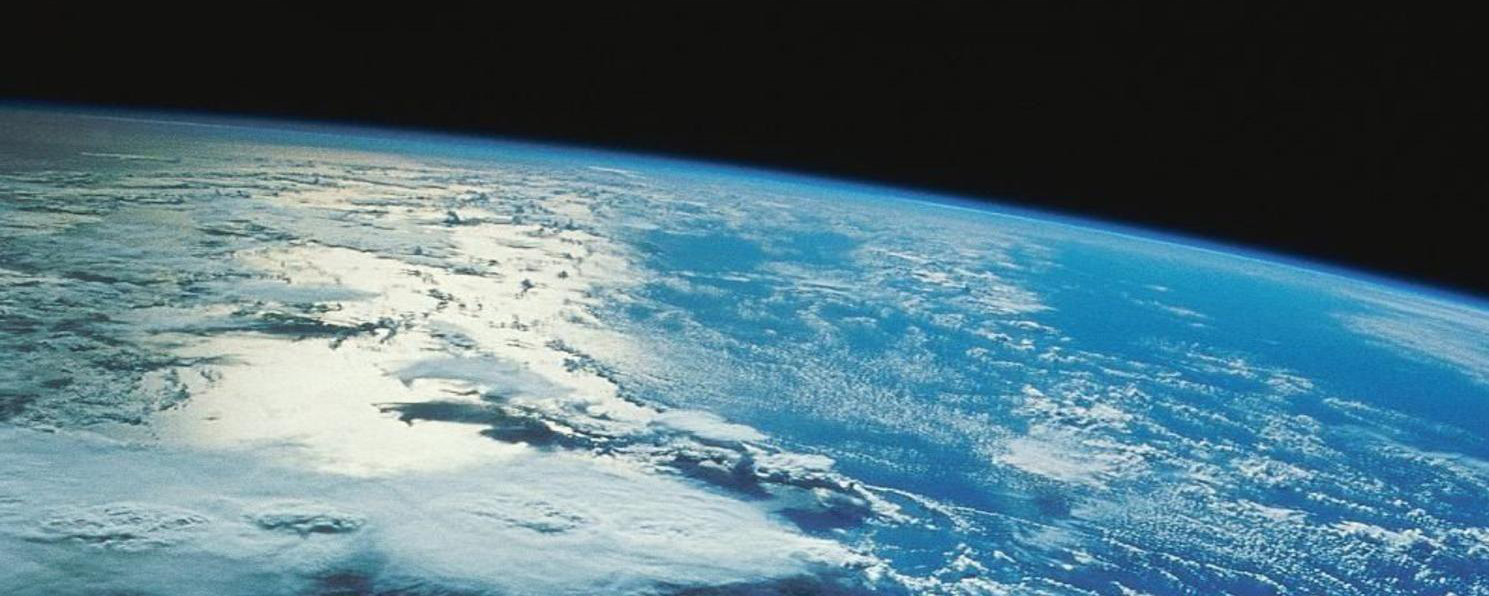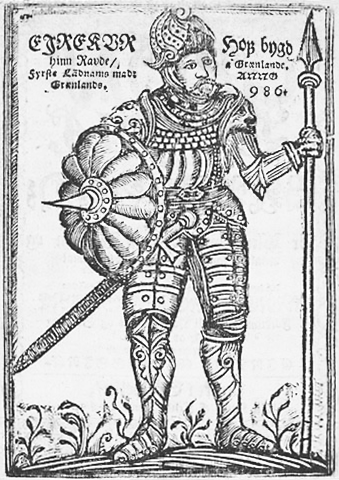



Greenland was green/ice free in the Viking times
Some deny that climate change is human-caused. Some ‘proof’ supporting this assertion are specific time periods where temperatures were warmer, despite the lower CO2 levels of those times.
Consider the case of Greenland c. 1003 A.D. Situated between the Arctic and Atlantic Oceans, Greenland and its Arctic climate subvert the climatic expectations one would have of a country named Greenland. Did Greenland use to be green and warm? Well, its ice sheet is between 400,000 and 800,000 years old — so — no. Greenland only received its name because Erik the Red, founder of Greenland’s first Norse Settlement, wanted to give it a name that would sound appealing to unsuspecting settlers, despite its icy conditions. Greenland did become warmer, however, during a brief period of time known as the Medieval Warm Period. At the beginning of the second millennium, the Vikings had established colonies throughout Greenland. As the climate became colder, the Vikings started to die out after several hundred years. So modern global warming could be the result of the same natural factors that caused the Medieval Warm Period, right? Wrong. The natural factors of climate that influenced the Medieval Warm Period, i.e. high solar activity, changes in the circulation patterns in the ocean, and low volcanic activity, are not enough to explain modern global warming. If there were only these factors today, our global climate should be experiencing cooling. The only way to account for recent global warming is to include the emission of greenhouse gases from the humans. Further, the warmth that occurred during the Medieval Warm Period was not a global event; average global temperatures today are higher and are the result of human behavior.Graphics:

Contributed by: Kevin Dilley, Brian Han, Max Morrison